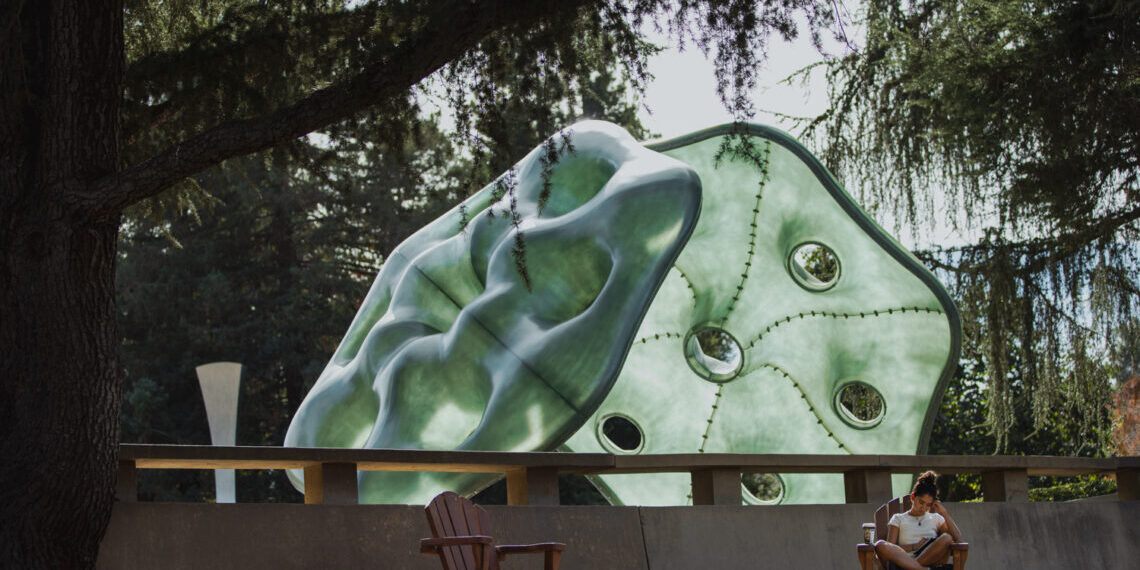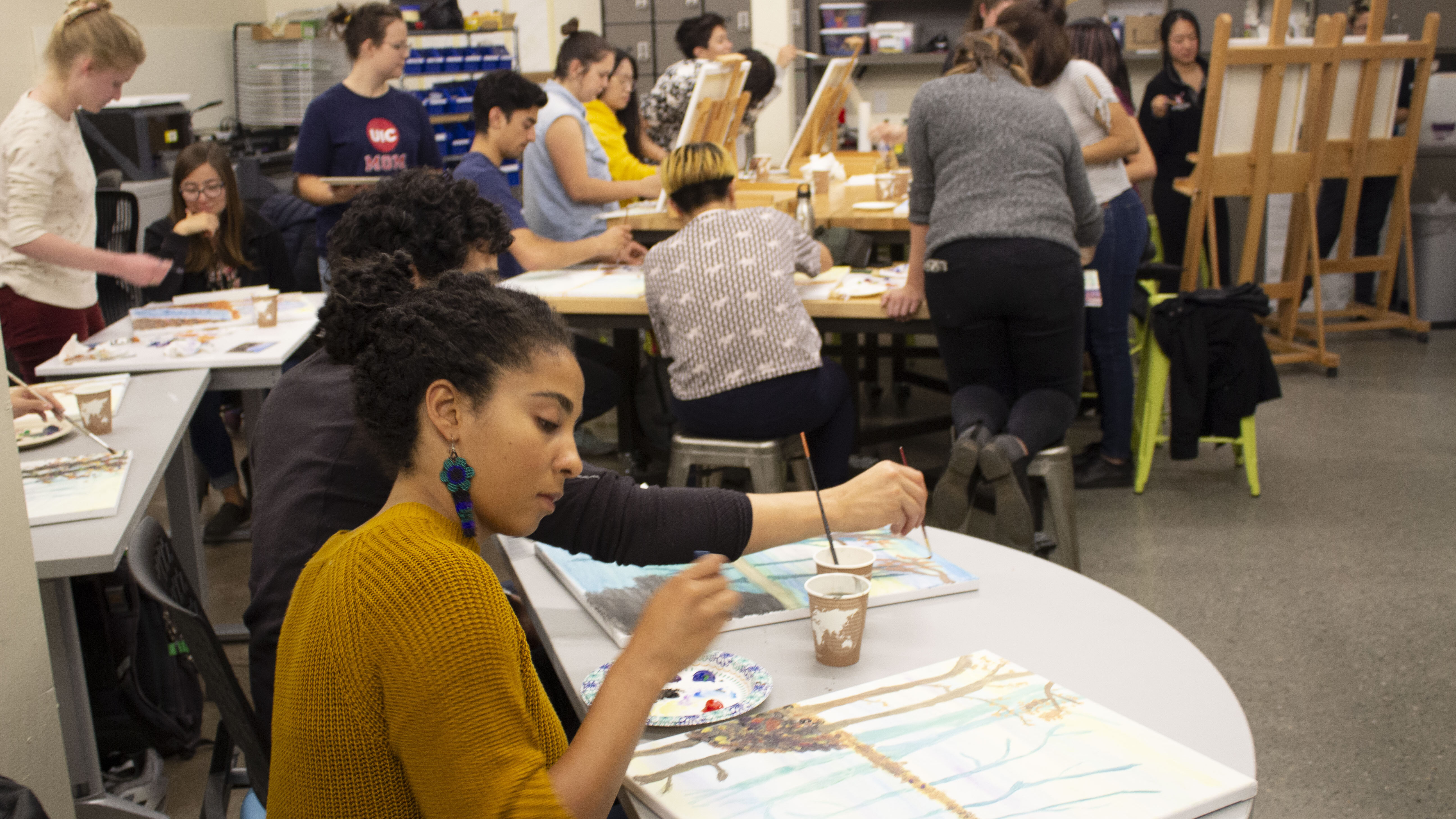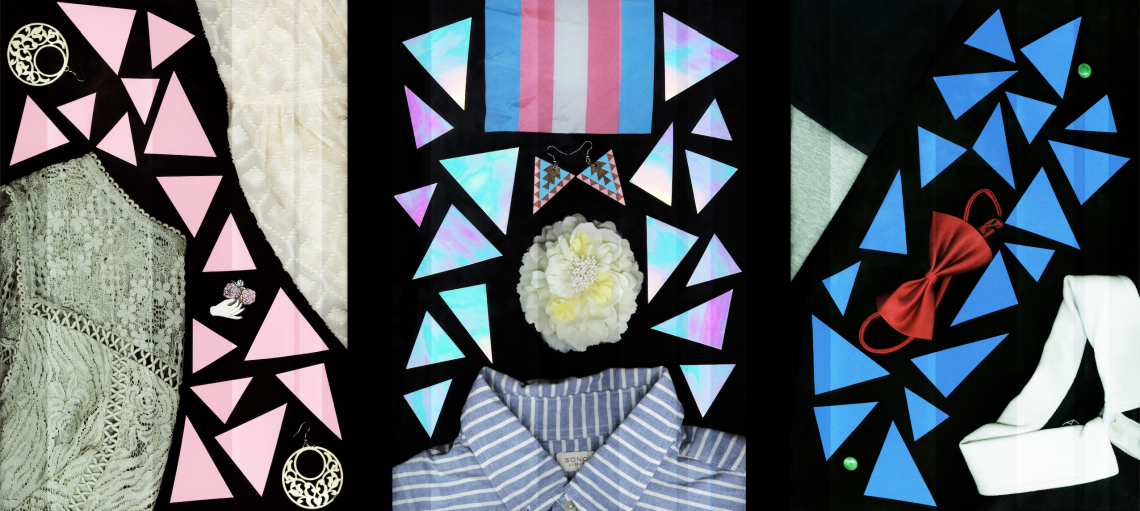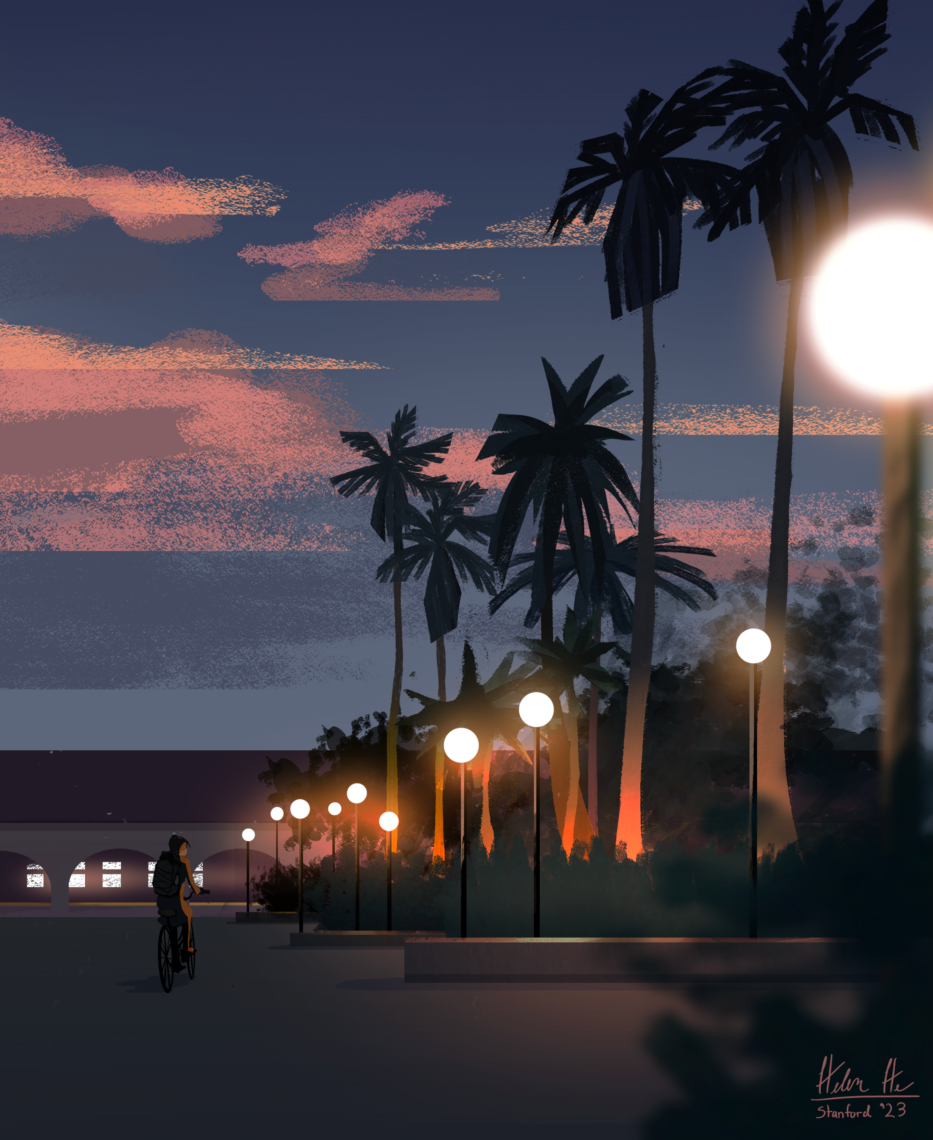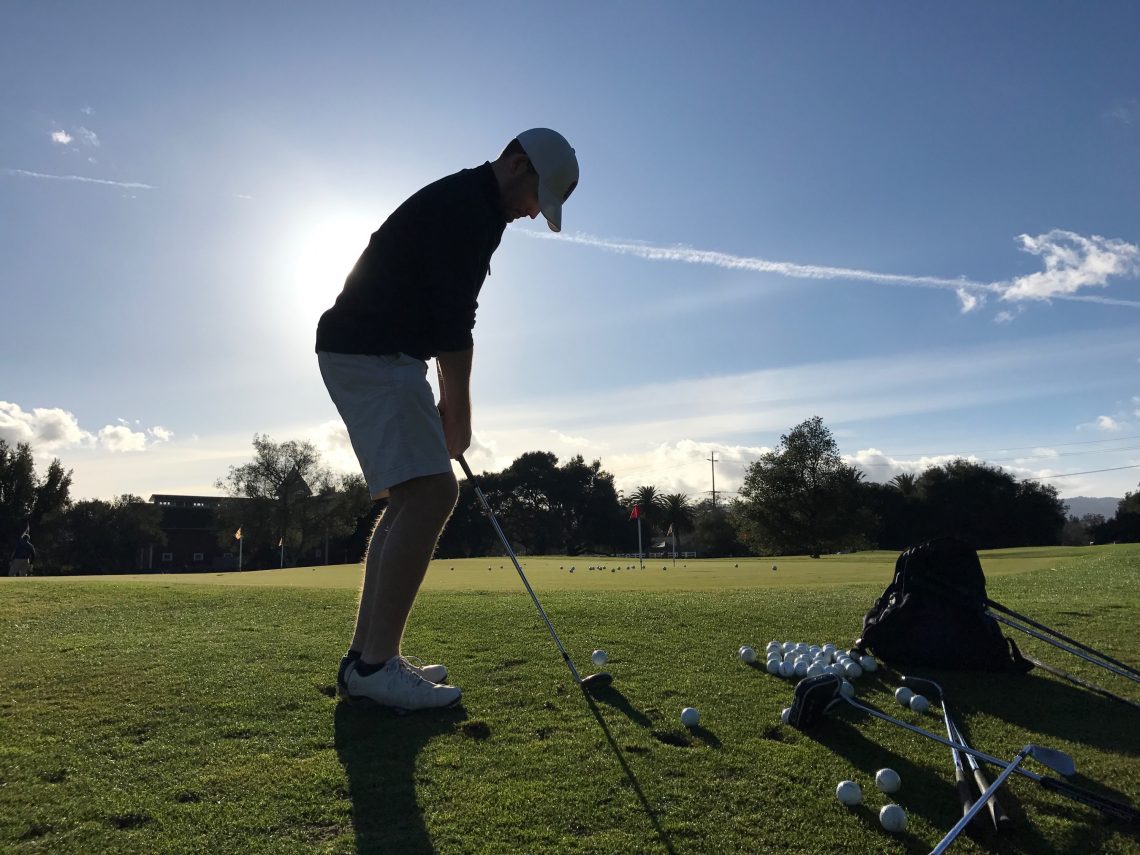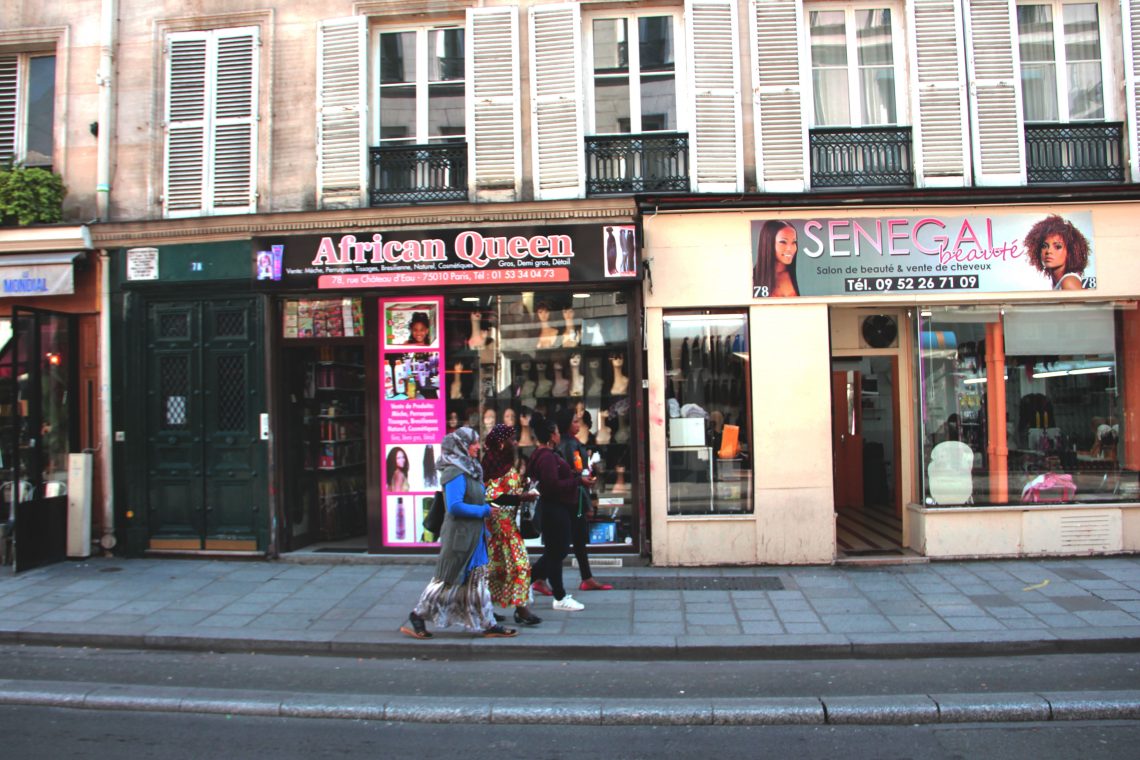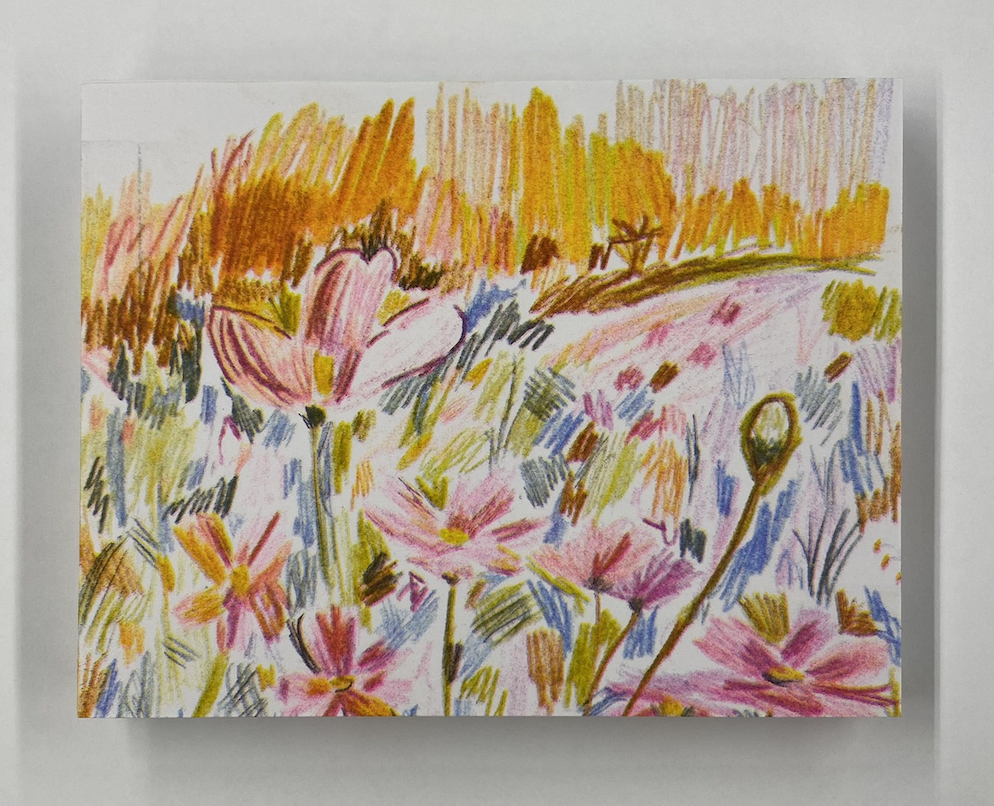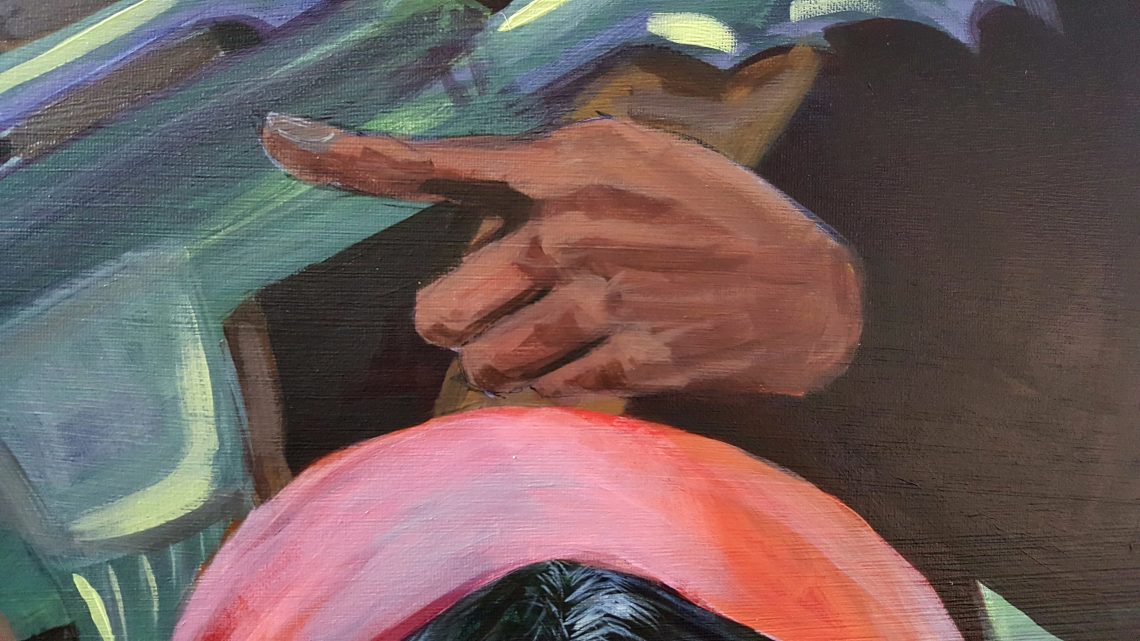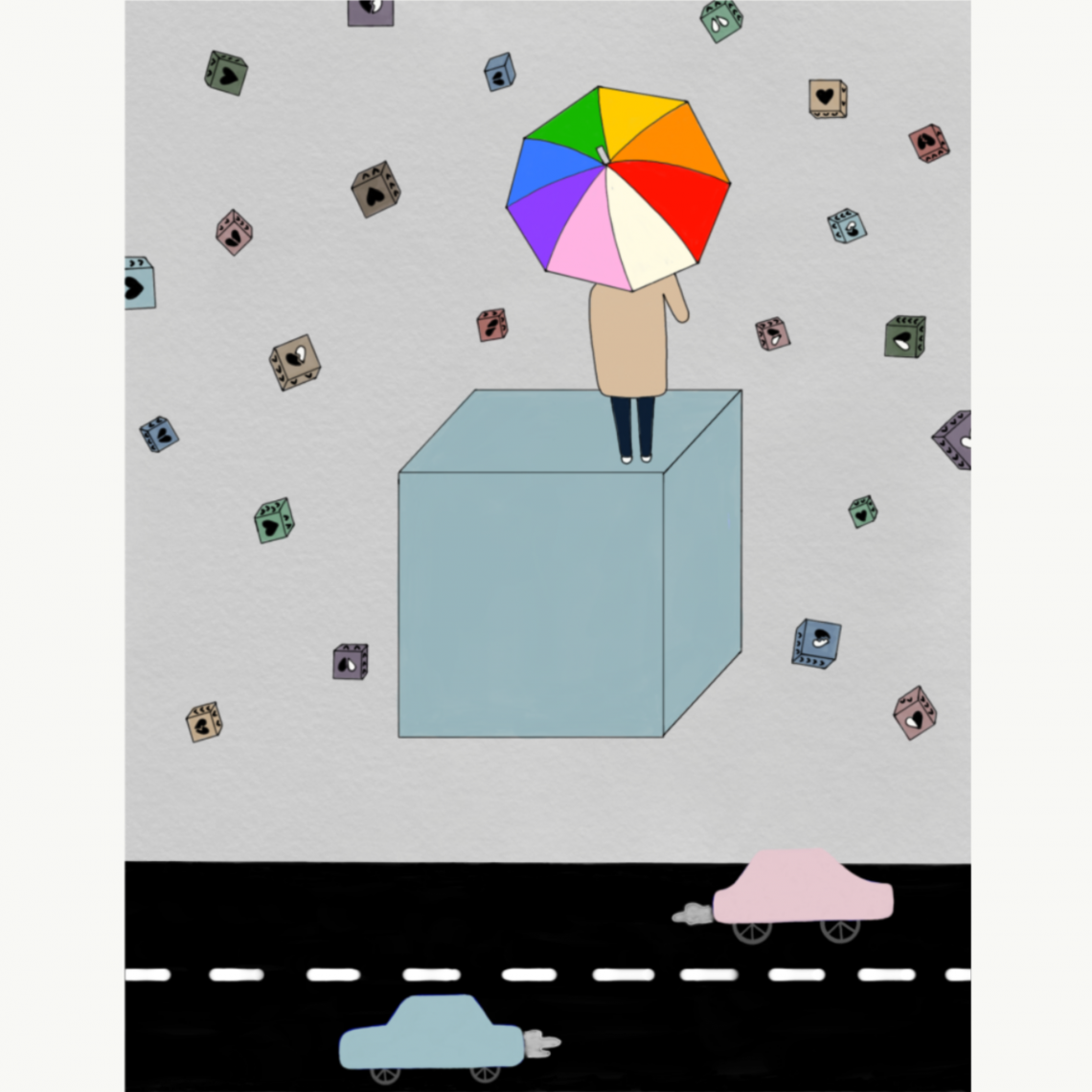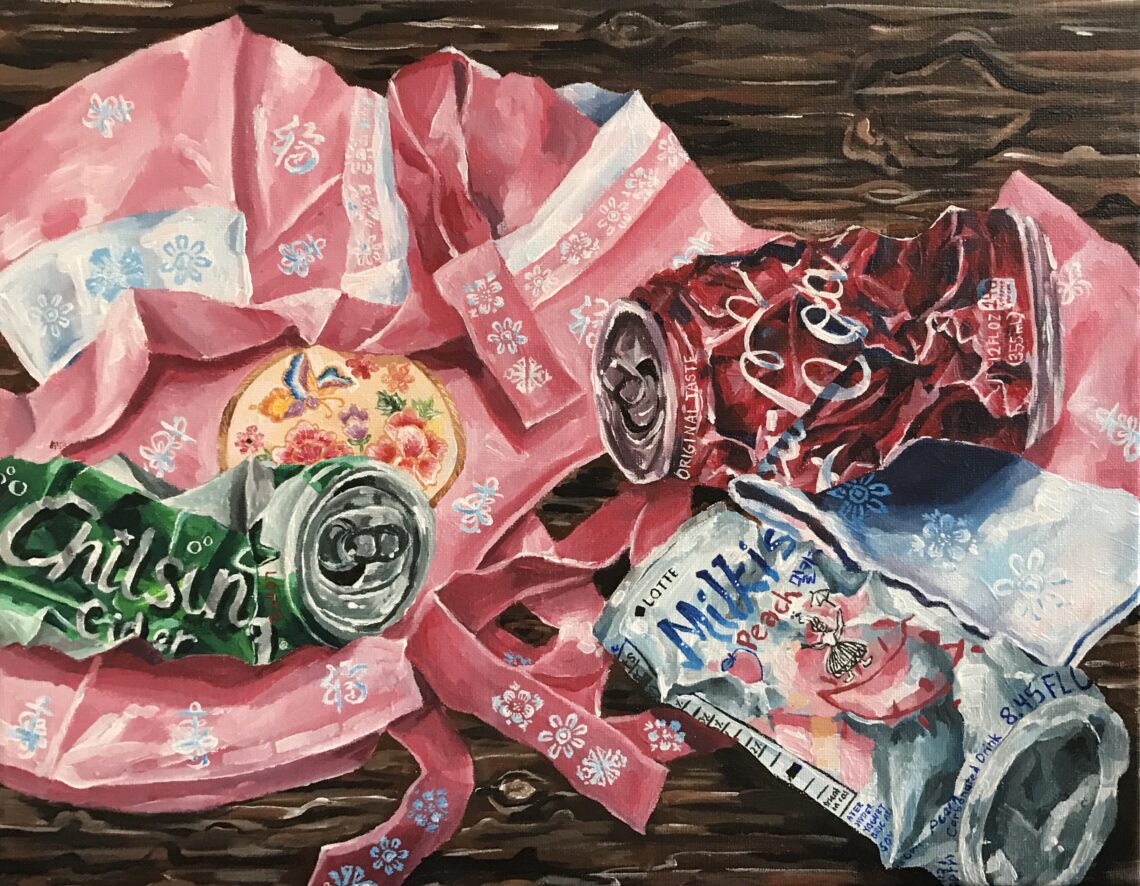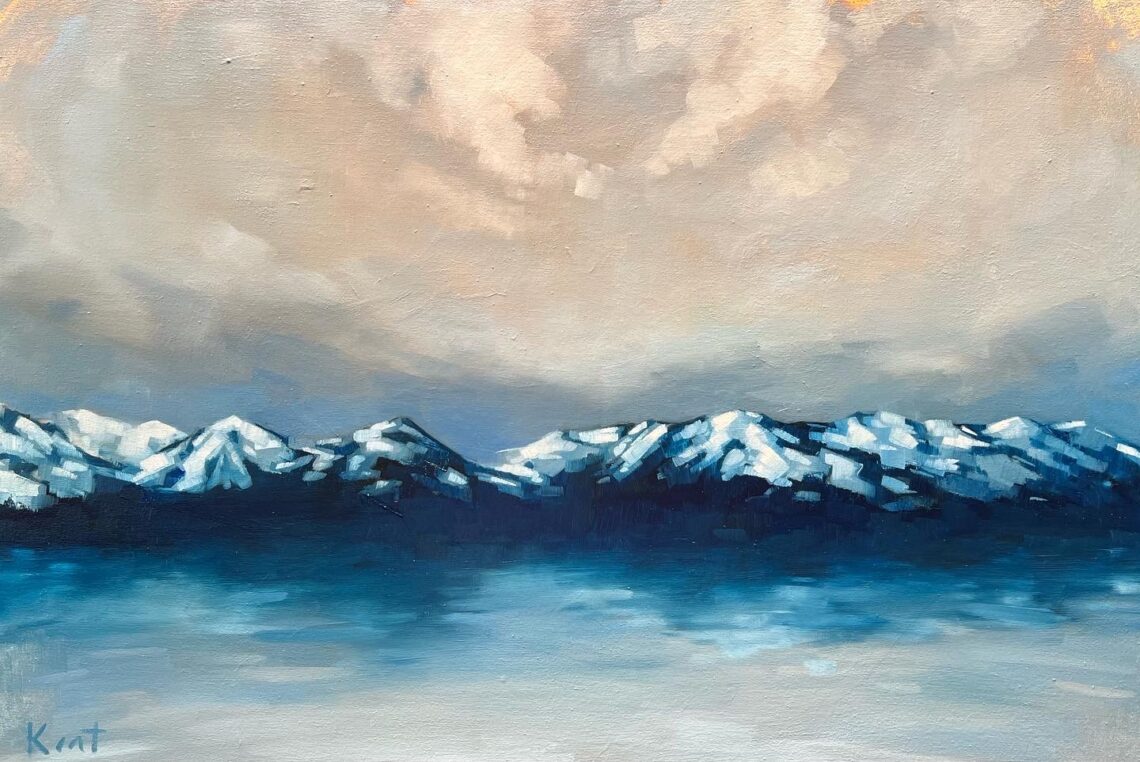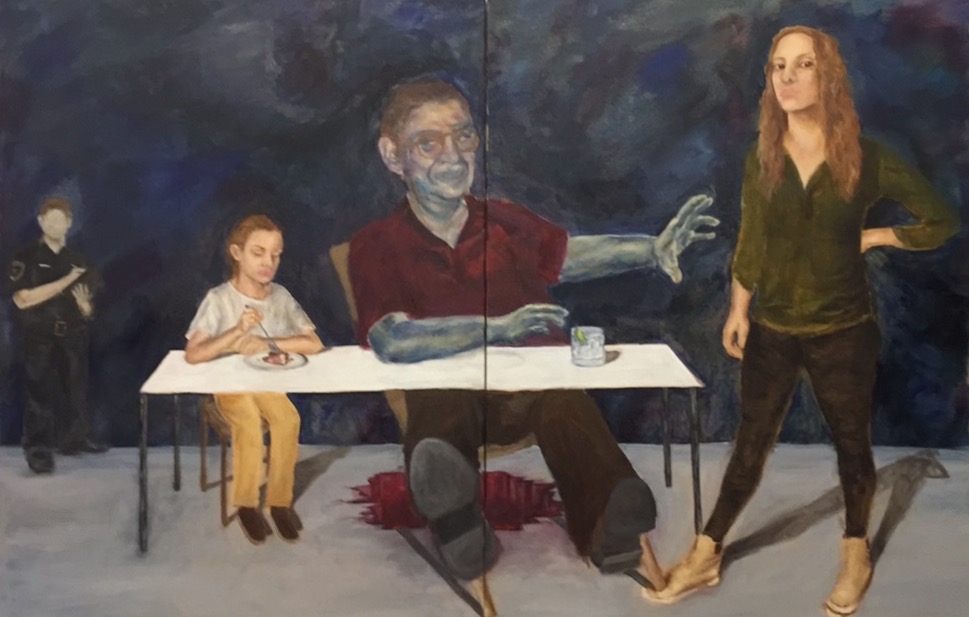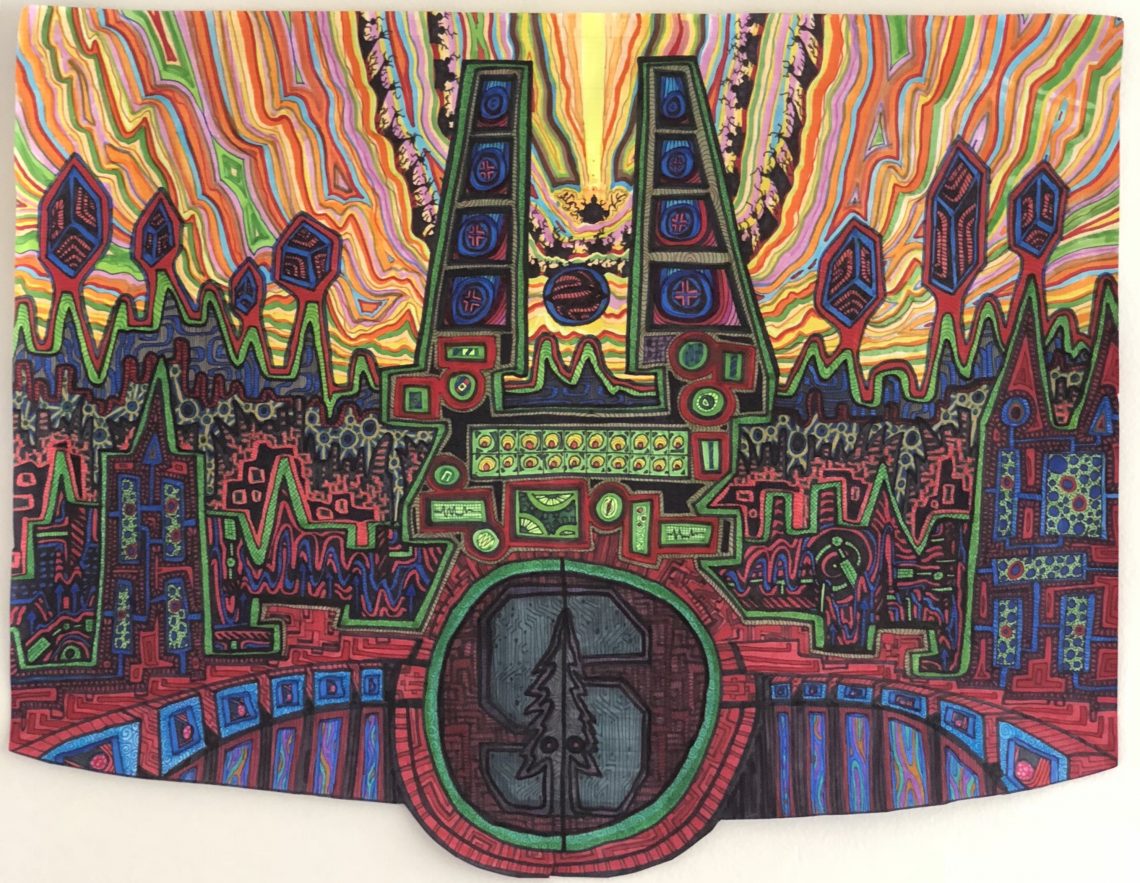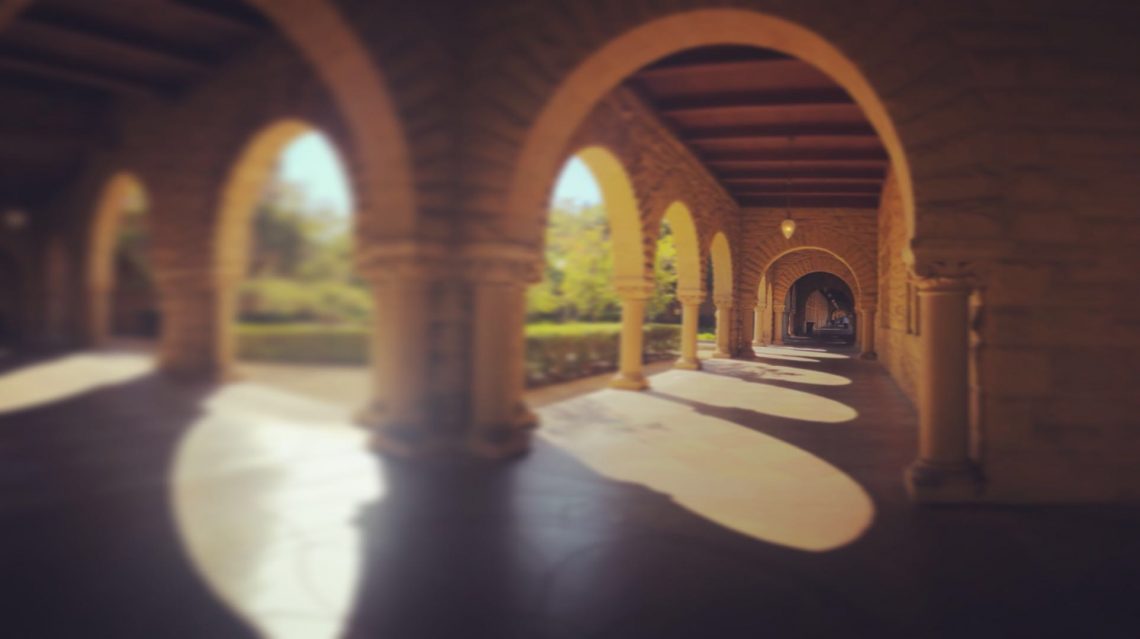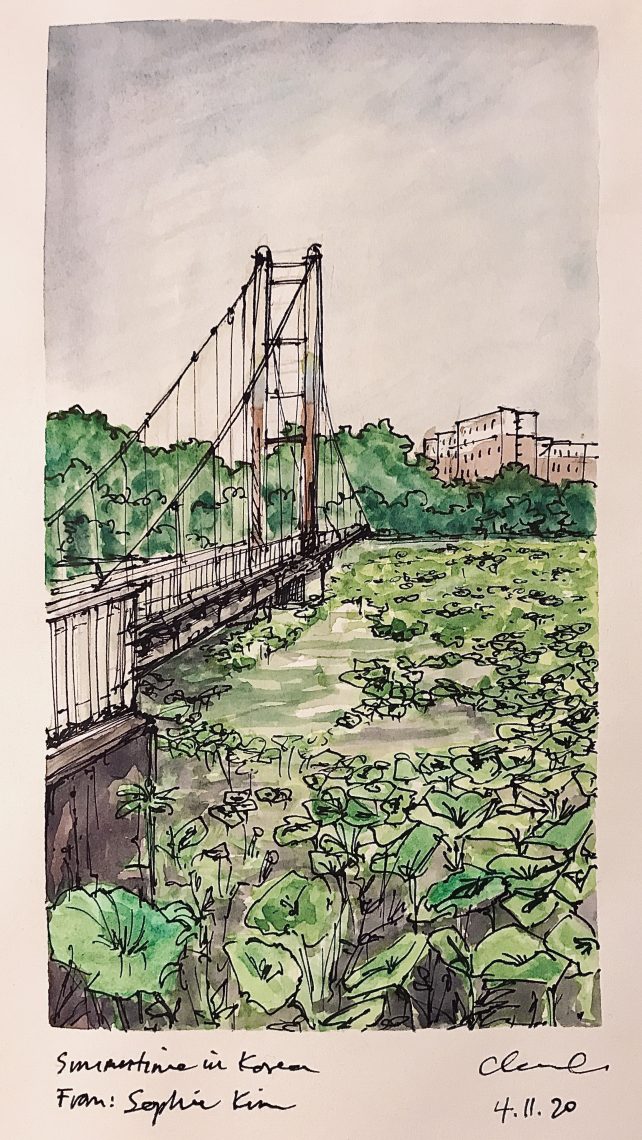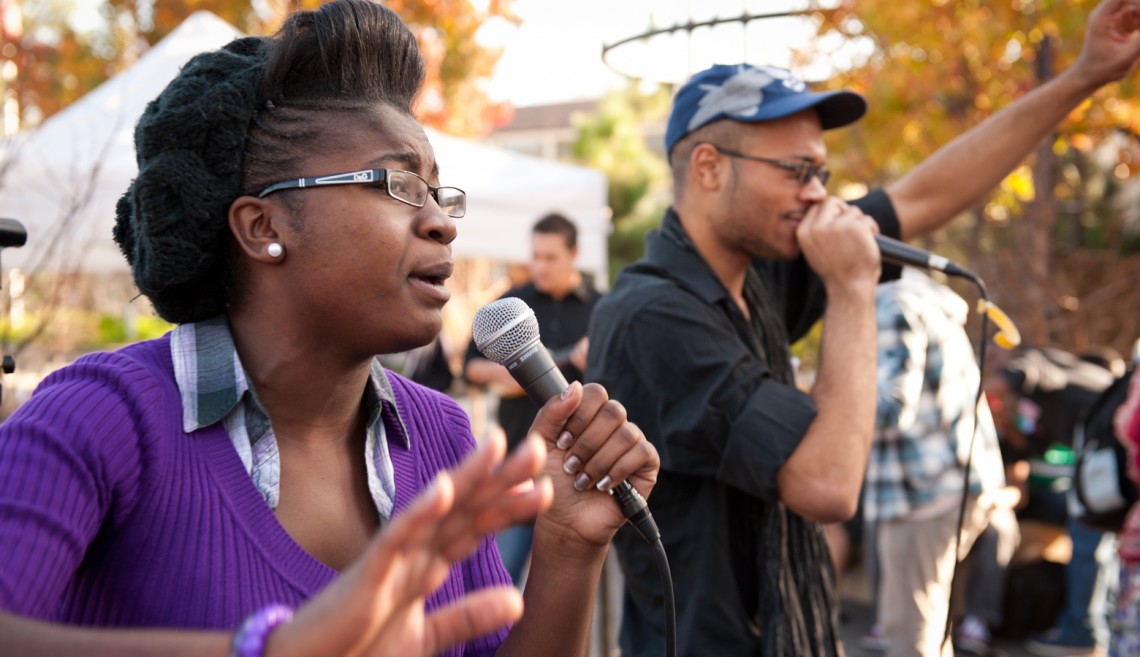
Sophomores Jessica Anderson and Tyler Brooks spoke out for the Occupy Stanford movement in song and rap.
L.A. CiceroA Stanford event: How the arts contribute to the Occupy movement
Students and members of the community explore how artists have occupied spaces in order to transform them, and consider the role of the arts in economic, immigrant, political and social justice struggles.
The word “occupy” was on several short lists for word of the year after the Occupy Wall Street protest launched in New York City’s Zuccotti Park last fall.
The word was certainly on the minds of H. Samy Alim, Jeff Chang, Tania Mitchell, Ramón Saldívar and José Davíd Saldívar when they developed an entire course around the movement, looking at its historic roots and present-day applications through the lens of the artists involved.
Roughly six months after the first Occupy protests, Stanford’s Institute for Diversity in the Arts (IDA) and the Center for Comparative Studies in Race and Ethnicity (CCSRE) rolled out #OccupyArt: Immigration, Nation and the Art of Occupation. The course is drawing more than 150 students and community members every week to discuss some of the most urgent art and movement work now happening.
“‘Occupy’ was one of 2011’s most used words. It was used to imply ongoing military incursions. Now it also signifies progressive political protest,” said IDA faculty director H. Samy Alim, associate professor of education.
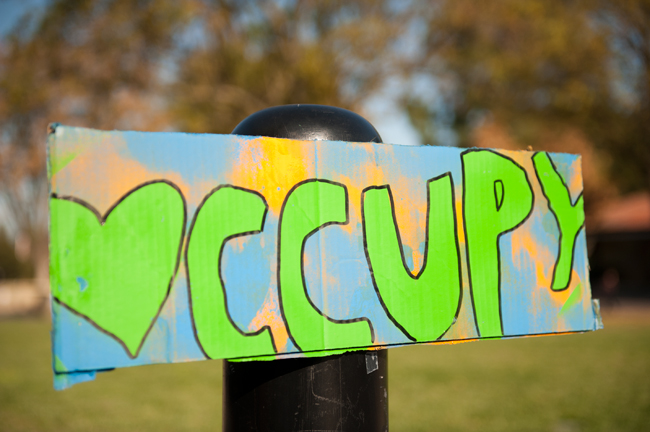
L.A. Cicero
“Artists were among the first to begin to understand and discuss that major shift. So our course, which we think may be the first in the country, examines how these ideas are playing out in the arts, especially in relation to the urgent issues of immigration and economic justice.”
The 10-week course, which started on April 4, is exploring how the arts reflect the complex, contested and shifting ideas associated with the word “occupation,” from the perspectives of indigenous, Black, immigrant, worker and student perspectives in present day and earlier contexts such as 2011-12 Occupy Oakland, the 1994 campus hunger strike and the 1992 Los Angeles riots. Through panel discussions, performances, film screenings and readings, students and community members learn how artists have responded to occupation, and how they have “occupied” spaces in order to transform them.
The next class meeting is Wednesday evening, May 2. “The Los Angeles Riots and the Art of Urban Occupation” looks at the 20th anniversary of the L.A. riots and their impact on the arts and our understanding of occupation. Guest artists and speakers include actress and playwright Anna Deavere Smith, writer and musician Ruben Martinez, writer Adam Mansbach and writer and filmmaker Elaine Kim.
Smith et al are expected to discuss race and visual culture, generational and aesthetic shifts in the arts, and video and the rise of social media, all in the context of “Occupying L.A.” then and now.
Preceding the panel discussion is a screening of Kim’s film Sa-I-Gu on Tuesday, May 1. The film was made at the time of the riots and presents the dramatic events of the day as seen from the perspective of an Asian American woman.
“Students rightly feel that it’s a very exciting time to be living through. We are at a rare moment where the culture seems to be preceding the politics,” said Jeff Chang, executive director of IDA. “We hope the class will spur discussions on the massive changes that are happening all around us.”
Remaining classes: Who, what, when, where
#OccupyArt classes are free and open to the public. For a searchable campus map, click here.
Tuesday, May 1, 5:30 p.m.
Sa-I-Gu with filmmaker Elaine Kim
Okada Lounge, Wilbur Hall
Wednesday, May 2, 7 p.m.
“The Los Angeles Riots and the Art of Urban Occupation,” with Anna Deavere Smith, Adam Mansbach, Ruben Martinez and Elaine Kim
Cemex Auditorium, Knight Management Center
Wednesday, May 9, 7 p.m.
“De-Occupy/Re-Occupy: Immigration & Economic Justice Now,” with Boots Riley from The Coup/Occupy Oakland, performance poet Shailja Patel, IDA visiting artist Favianna Rodriguez and Gaye Theresa Johnson from the University of California-Santa Barbara
Geology Corner Lecture Hall (Building 320, Room 105)
Wednesday, May 16, 7 p.m.
“The Art of Black Occupation,” with Stanford Professors Jennifer Brody, Harry Elam and Michele Elam
Geology Corner Lecture Hall (Building 320, Room 105)
Wednesday, May 23, 7 p.m.
“Variedades: A Performance Salon on ‘Anarchy,'” a music and poetry variety show by IDA visiting artist Ruben Martinez, featuring Richard Montoya from the performance troupe Culture Clash
Cemex Auditorium, Knight Management Center
Wednesday, May 30, 7 p.m.
“Stanford Occupations: The Birth of CCSRE,” with Ramón Saldivar, Steve Phillips and Elvira Prieto
Geology Corner Lecture Hall (Building 320, Room 105)
Wednesday, June 6, 7 p.m.
#OccupyArt: Conclusion
Geology Corner Lecture Hall (Building 320, Room 105)
